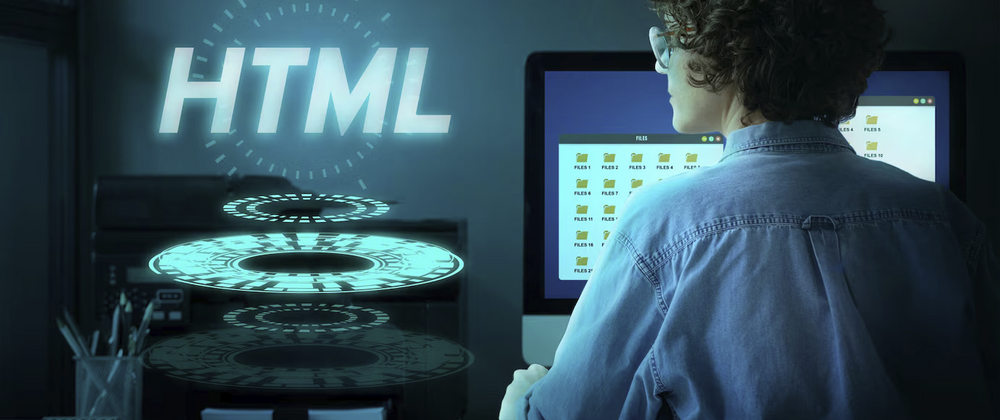In web development, HTML (Hypertext Markup Language) provides the structure for webpages. One of the most fundamental elements in HTML is the
element. The term "div" stands for division, and it essentially divides the content of a webpage into distinct sections.Importance of Element
The
element is crucial for structuring and organizing content on a webpage. It serves as a container for other HTML elements and enables developers to create layouts, group related content, and apply styling and scripting more effectively.Basic Syntax
Here's the basic syntax of a element:
<div>
<!-- Content goes here -->
</div>
Example 1: Basic Usage
Let's start with a simple example. Suppose we want to create a webpage with two sections: a header and a main content area. We can use
elements to structure this layout:<!DOCTYPE html>
<html lang="en">
<head>
<meta charset="UTF-8">
<meta name="viewport" content="width=device-width, initial-scale=1.0">
<title>Basic Layout Example</title>
<style>
/* CSS styles for header /
header {
background-color: #333;
color: white;
padding: 10px;
text-align: center;
}
/ CSS styles for main content */
main {
padding: 20px;
}
</style>
</head>
<body>
<header>
<h1>Welcome to My Website</h1>
</header>
<main>
<p>This is the main content of the webpage.</p>
<p>Here, you can add text, images, forms, etc.</p>
</main>
</body>
</html>
In this example, we've used
Example 2: Advanced Usage
Let's take it a step further and create a more complex layout using
elements. We'll design a webpage with a header, navigation menu, main content area, and a footer.<!DOCTYPE html>
<html lang="en">
<head>
<meta charset="UTF-8">
<meta name="viewport" content="width=device-width, initial-scale=1.0">
<title>Advanced Layout Example</title>
<style>
/* CSS styles for header /
header {
background-color: #333;
color: white;
padding: 10px;
text-align: center;
}
/ CSS styles for navigation menu /
nav {
background-color: #555;
color: white;
padding: 10px;
}
nav ul {
list-style-type: none;
margin: 0;
padding: 0;
text-align: center;
}
nav ul li {
display: inline;
margin-right: 10px;
}
nav ul li a {
color: white;
text-decoration: none;
}
/ CSS styles for main content /
main {
padding: 20px;
}
/ CSS styles for footer */
footer {
background-color: #333;
color: white;
padding: 10px;
text-align: center;
}
</style>
</head>
<body>
<header>
<h1>Welcome to My Website</h1>
</header>
<nav>
<ul>
<li><a href="#">Home</a></li>
<li><a href="#">About</a></li>
<li><a href="#">Services</a></li>
<li><a href="#">Contact</a></li>
</ul>
</nav>
<main>
<h2>Main Content</h2>
<p>This is the main content of the webpage.</p>
<p>Here, you can add text, images, forms, etc.</p>
</main>
<footer>
<p>© 2024 My Website. All rights reserved.</p>
</footer>
</body>
</html>
In this example, we've used
Conclusion
In the realm of web development,the
element stands as a cornerstone, facilitating the creation of well-structured and organized webpages. By leveraging elements effectively, developers can design layouts, group content, and apply styling and scripting to create visually appealing and functional websites. Understanding the significance of the element is fundamental for mastering the art of web development and creating engaging online experiences.



Top comments (0)